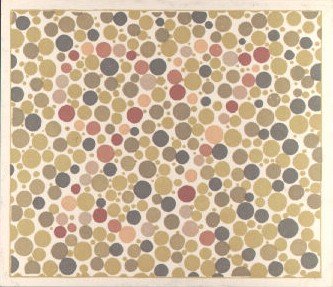All due respect Doc, this is the problem here, people with attitude(s) like yours. There is a HUGE difference between color deficient and color blind. The test should be simple, all the major colors that one uses in aviation, red, white, green, blue, etc laid out as colored strips or the like and the individual has to ID each color. Almost every person who is red/green color "blind" would pass no problem because they don't have a problem seeing colors they have a problem seeing the shades between these colors which has no effect on how or how safely one operates and aircraft.
An oversimplification, yes, but the whole medical exam is just that, a snap shot of your health that day. Since color blindness does not change with time, I should be allowed to go to my optometrist, take a lantern test and be done with it, just like depression, alcholism, drug abuse etc. Once you jump through the hoops you are done, no testing with the Feds, no one shot and your out.


